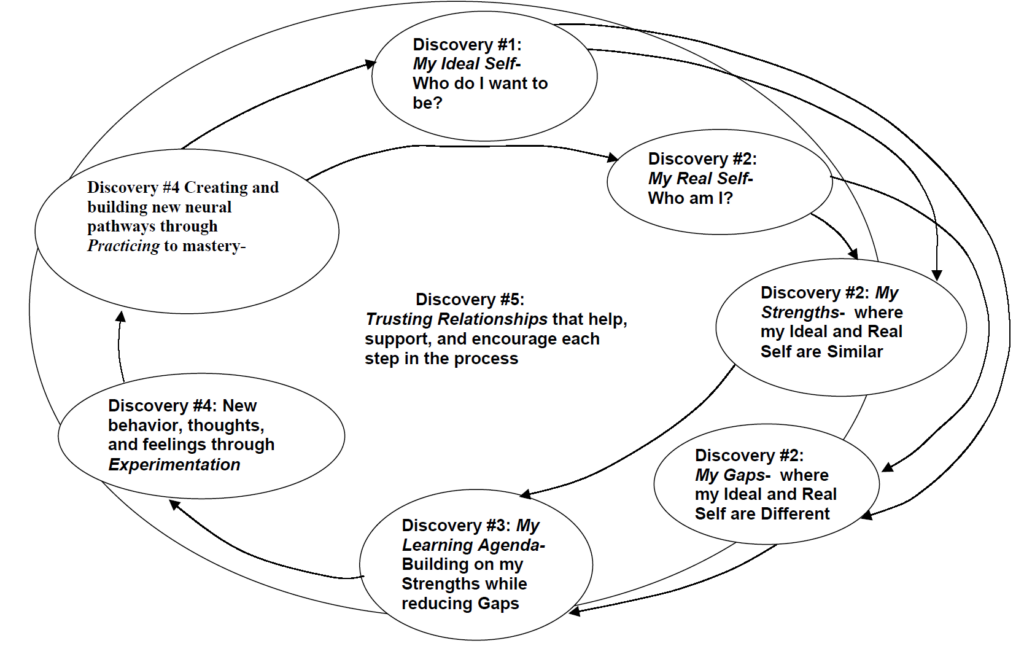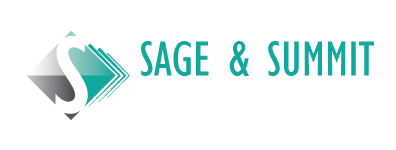Recently we discussed conducting an audit of your leadership strengths and challenges, and where you sit on the leadership maturity scale. With that background work in place let’s take a deeper dive into mapping out your leadership development plan.
Since your life and leadership are too important to accept mediocre or short-term results, it is important to craft a plan that you will actually follow. The learning and behaviour changes from traditional education and training often fade after weeks or months, however self-directed learning plans that are constructed along the lines of Richard Boyatzis’ Intentional Change Theory (alternatively, Theory of Self-Directed Learning), are shown to provide outcomes that last for years.
The Intentional Change Theory employs a positive, intrinsically created view of your ideal self, which, much like positive envisioning used by athletes, is more enduring than a view defined by other people for you. Boyatzis’ self driven learning model has 5 components:
- Discover your ideal self: The best version of yourself, and where you want to be; developed through personal reflection. This is your version based on your passion and dreams, not other’s version of who you can or should be.
- Discover your real self: A validated view of how you are viewed by others that helps to uncover your blind spots, biases and unadmitted strengths. Provided through 360° reviews, honest discussions etc.
- Create your learning agenda: You develop your own personal plan to become your ideal self that builds on your strengths and fills gaps.
- Experiment and practice new habits: Practice and test in your real world, at work, at home, and in other activities. This is the most effective learning, and it does not create “extra work” as you are doing what your normally need to do, just differently, or with a different mindset. Ideally the test environments are psychologically safe so you can push the boundaries without fear of reprisal or cost. Help others engage in self-directed learning.
- Get support: Use your relationships to obtain feedback on how you are doing; what changes have others noticed in your actions or perspective; what aspects are consistent, which are not; how has your self-awareness changed; what recommendations do they have?

It’s your journey so take ownership, but also lean on others to support you. Their insights will continue to shed light on your blind spots and provide an objective review of your progress. Be sure to support others on their journeys to build a lasting leadership culture, and to hone your own skills – there is no better way to learn than to teach.
Sources:
https://weatherhead.case.edu/core-topics/intentional-change-theory
Photo Credit: Brett Sayles – Pexels

